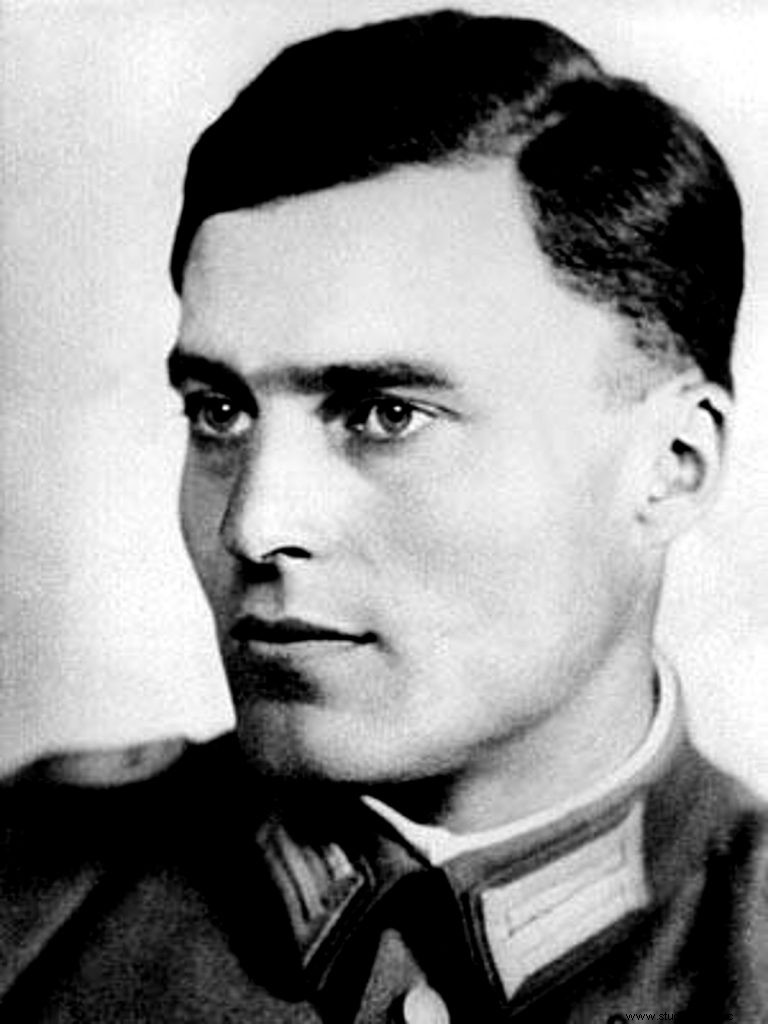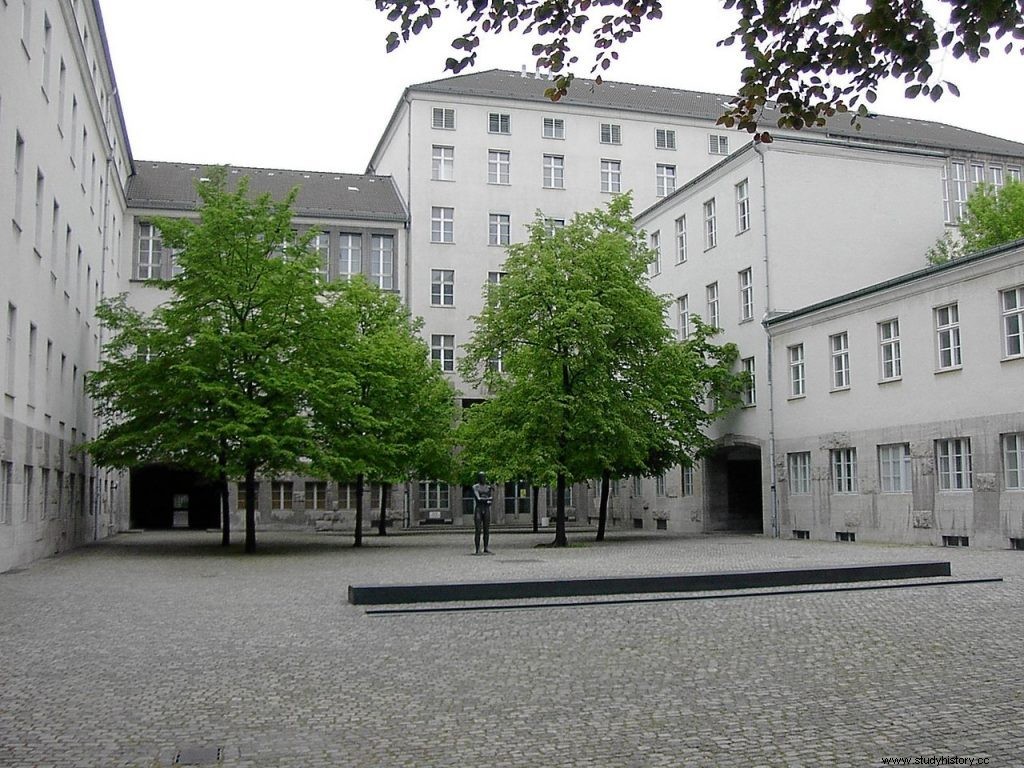German resistance to Nazism was practically non-existent. Both because of the success that the Nazis had in convincing the citizens and because of the success they had in eliminating any attempt at rebellion, the resistance in Germany against Nazism is more a myth than a reality. Despite this, there are few cases where individuals or small groups, for different reasons, opposed or even attacked the regime of Adolf Hitler.
The most famous and well-known cases of resistance are those of 1939 and 1944. In 1939, the carpenter Georg Elser planted a bomb at a party rally in Munich, killing several people, but missing his target:Hitler. In 1944, Operation Valkyria was a full-fledged coup that also ended in failure.
In the offices where Colonel Stauffenberg and his collaborators had his command center during Operation Valkyria, the Resistance Museum has been located.

How to get to the Resistance Museum
The resistance museum is located in the immediate vicinity of the Tiergarten park, on Stauffenberg street. To get there we must take the M29 bus to the Gedenkstätte Deutsche Widerstand stop. To find out the best combination to get there, you can consult the following LINK.
Hours of the Museum of the Resistance
- Monday to Wednesday and Friday – 9:00 a.m. to 6:00 p.m.
- Thursday – 9:00 a.m. to 8:00 p.m.
- Weekends and holidays – 10:00 a.m. to 6:00 p.m.
Free entry
Visit the Museum of the Resistance
The museum consists of three floors. One of them is for temporary exhibitions and the other two show the permanent exhibition.
The permanent exhibition is divided into two sections. One called "Stille Helden" -silent heroes- tells the story of people who helped Jews escape the Nazi holocaust.
The main floor shows in different rooms the specific cases of resistance against Nazism carried out within the country. The most prominent room is the one related to Operation Valkyria, located in the former office of Klaus von Stauffenberg.
In the courtyard of the building, which was the headquarters of the army high command during World War II, there is a monument to the German resistance against Nazism. The place where the monument is located marks the place of execution of Klaus von Sauffenberg on July 20, 1944.

